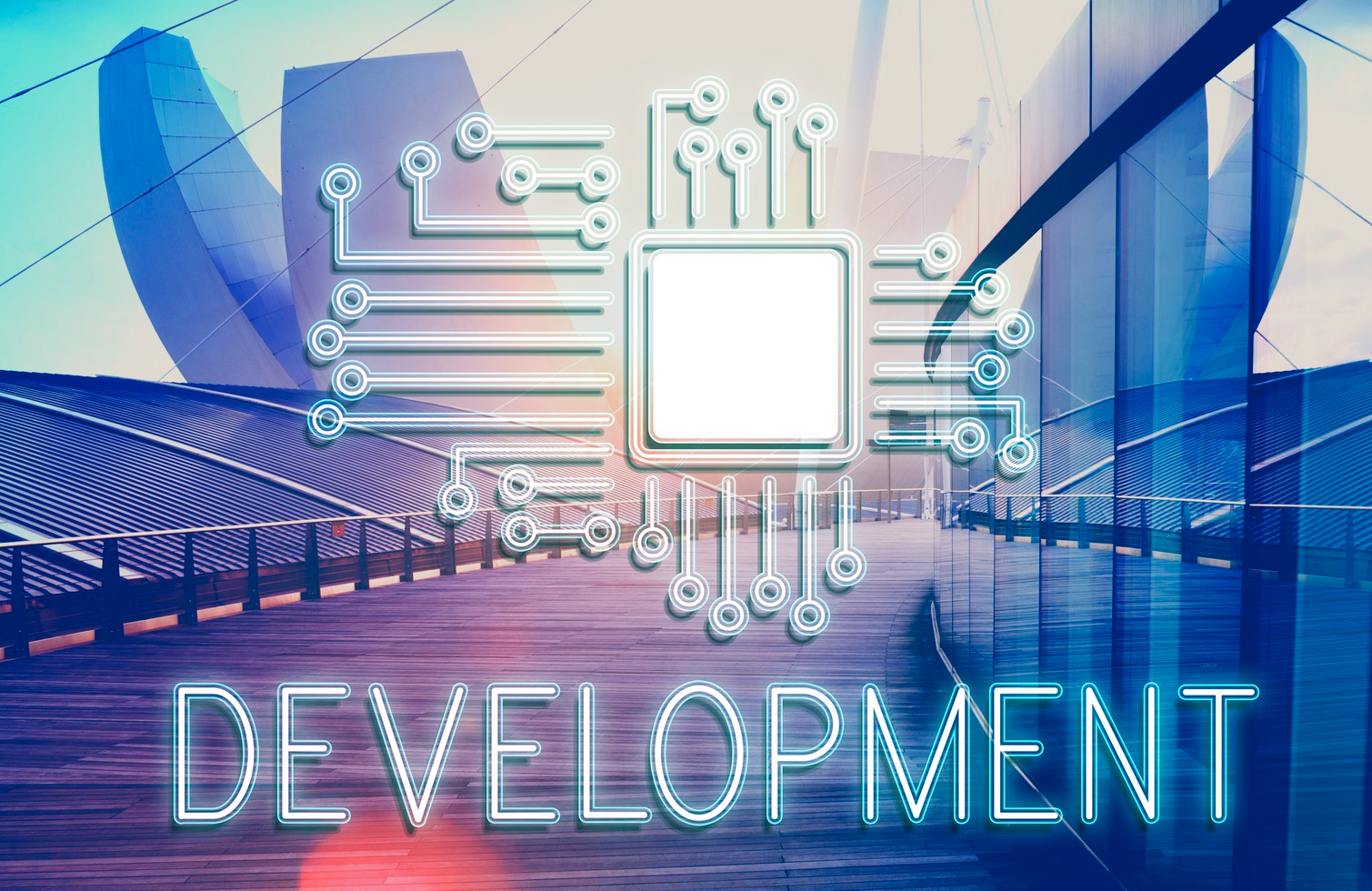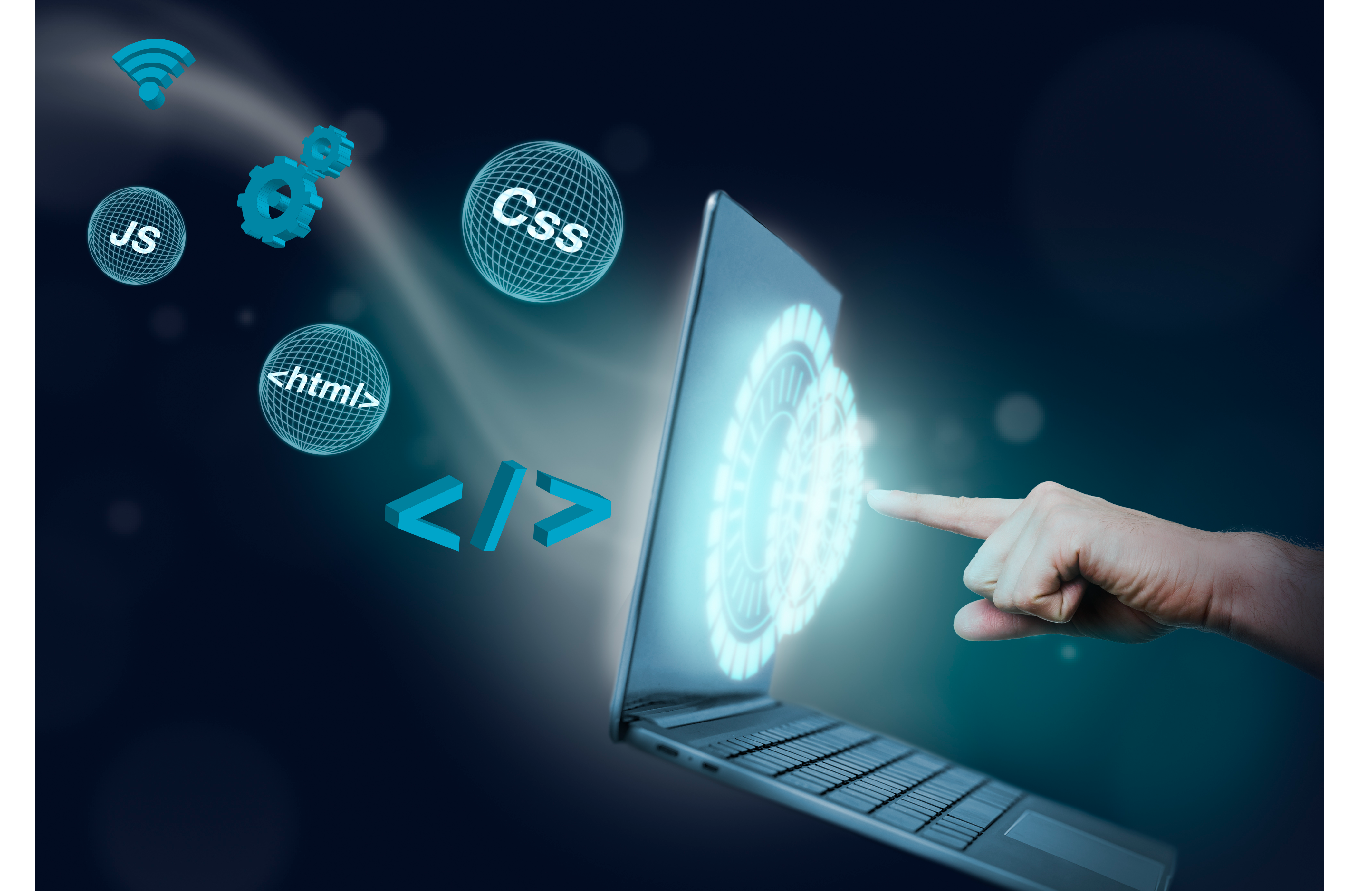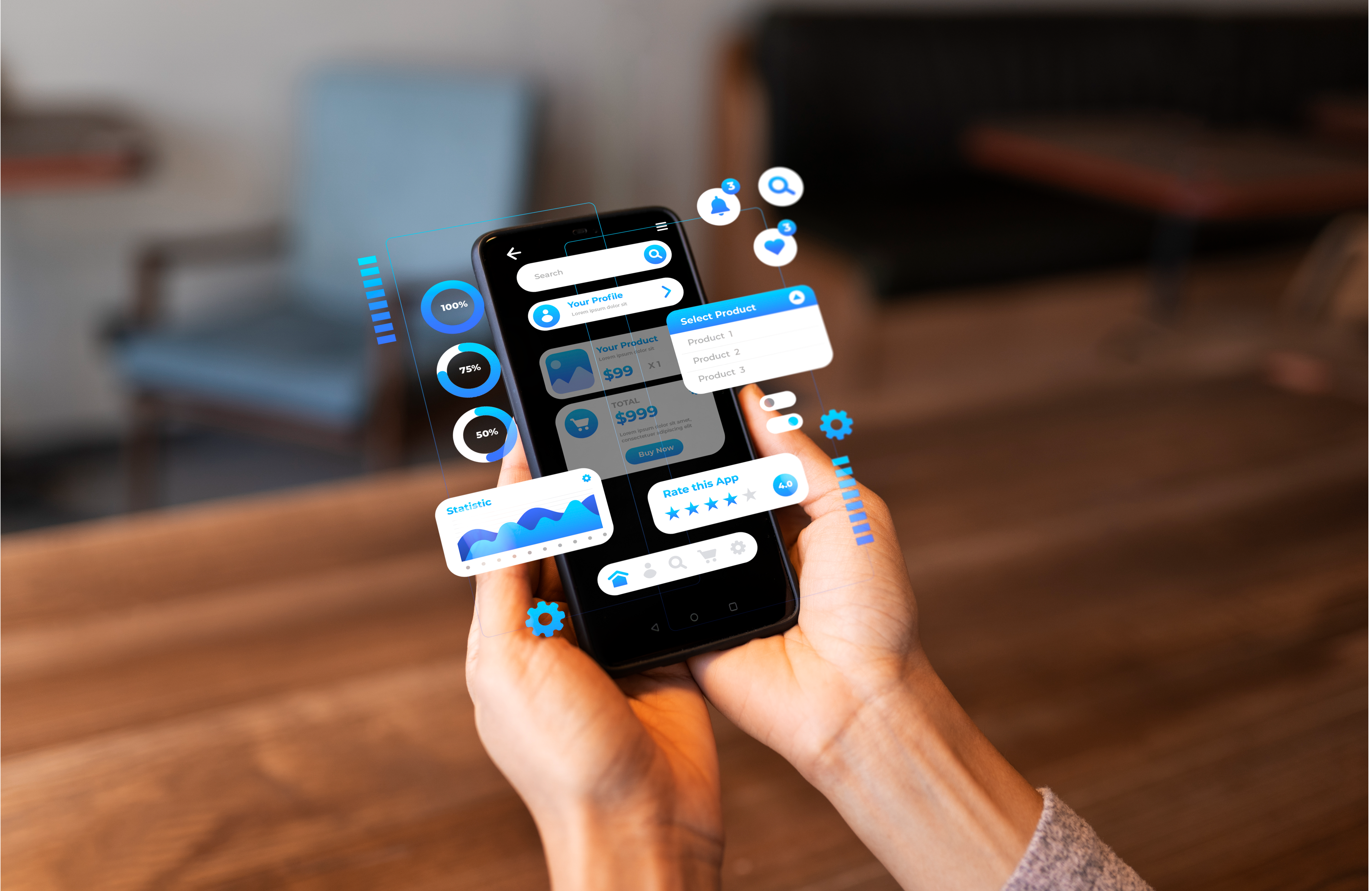


Software development is a constantly evolving field that is shaped by emerging technologies, changing market trends, and shifting user needs. As we move closer to 2023, it's important for developers and businesses to stay up-to-date with the latest software development trends that are likely to shape the industry in the years ahead. From artificial intelligence and machine learning to low-code and no-code platforms, blockchain technology, and the Internet of Things (IoT), these trends have the potential to revolutionize the way we think about software development, and create new opportunities for innovation and growth. In this article, we will explore some of the latest software development trends that are expected to dominate the industry in 2023, and examine the challenges and opportunities that these trends present for developers, businesses, and users alike.
The world of software development is at the forefront of technological innovation. With every passing year, new trends and advancements are emerging in this industry, but perhaps none as significant as Artificial Intelligence (AI) and Machine Learning (ML).
AI and ML are not new concepts, but their use in software development has skyrocketed in recent years. In fact, according to a report by Statista, the global AI software market is expected to reach over $126 billion by 2025.
AI and ML have a wide range of applications in software development, including chatbots, voice recognition, recommendation engines, image and video recognition, and predictive analytics. These technologies are transforming the way we interact with software and making it more personalized, efficient, and effective.
While AI and ML offer immense potential for software development, they also present significant challenges. These include the need for large amounts of data, the complexity of algorithms, and ethical concerns around biases and privacy. However, with proper implementation and development, the opportunities for innovation and growth are virtually limitless.
Another significant trend in software development is the emergence of Low-Code and No-Code platforms.
Low-Code and No-Code platforms refer to software development tools that allow developers to create applications with little to no coding. These platforms offer a drag-and-drop interface and pre-built components that simplify and accelerate the development process.
The benefits of Low-Code and No-Code platforms include reduced development time, increased efficiency, and lowered costs. However, these platforms may not be suitable for complex or specialized applications, and developers may need to compromise on customization and flexibility.
Low-Code and No-Code platforms are being used in a variety of industries, including finance, healthcare, and e-commerce. These platforms allow businesses to create custom applications that meet their specific needs quickly and efficiently, without the need for extensive coding expertise.
As technology advances, so do the risks associated with cyber threats. Security and privacy are therefore critical components of software development.
Data breaches and cyber-attacks are becoming increasingly common, making security and privacy a top priority for software development. Developers must ensure that their applications are secure and protect user data while also complying with regulations such as GDPR and CCPA.
Developers can leverage technologies such as encryption, multi-factor authentication, and firewalls to enhance the security and privacy of their applications. Additionally, the use of secure coding practices and regular software updates can help mitigate potential risks.
To stay ahead of potential threats, developers must adopt best practices such as conducting regular security audits, performing penetration testing, and providing secure user authentication. Moving forward, advancements in technologies such as blockchain and AI may also play a significant role in enhancing security and privacy in software development.
Blockchain technology has gained widespread attention in recent years due to its potential to disrupt various industries, including software development.
Blockchain technology is a decentralized ledger that allows for secure, transparent, and tamper-proof transactions without the need for intermediaries. In software development, blockchain can be used for data storage, smart contracts, and decentralized applications.
Blockchain technology can be applied in various software development use cases such as supply chain management, identity verification, decentralized marketplaces, and secure data sharing. The use of blockchain can enhance security, reduce the risk of fraud, increase transparency, and improve efficiency.
Despite its potential, blockchain technology presents challenges such as scalability, interoperability, and regulatory barriers. However, with continued development and advancements in this technology, the opportunities for innovation in software development are vast.IoT Software Development and Future Trends
Progressive web apps (PWAs) are web applications that function like native mobile apps. They are built using web technologies such as HTML, CSS, and JavaScript, and can be accessed through a web browser or installed on a mobile device like a traditional app. PWAs are designed to provide a seamless user experience, with features such as push notifications, offline access, and the ability to add to the home screen like a native app.
PWAs offer a range of benefits in mobile development, including faster loading times, improved performance, and reduced data usage. They also offer users the convenience of not having to download or update an app from an app store. PWAs can be easily updated by the developer, providing a more efficient and cost-effective way of maintaining an app. Additionally, PWAs are easily shareable, as they can be accessed through a URL, and can be indexed by search engines.
Examples of successful PWAs include Twitter Lite, which delivers a fast and responsive experience for users in low-connectivity areas, and Pinterest, which saw a 60% increase in engagement after launching its PWA. PWAs can improve user experience by providing a consistent experience across devices, offering offline support and fast loading times, and allowing users to easily save and share content.
Cloud computing refers to the delivery of computing services, including servers, storage, databases, and software, over the internet. Cloud computing offers a range of benefits for software development, including increased scalability, flexibility, and cost savings. With cloud computing, developers can easily access and use resources, and can quickly scale up or down as needed.
Cloud computing services such as Amazon Web Services (AWS), Microsoft Azure, and Google Cloud Platform offer a range of tools and services for software development, including virtual machines, databases, and application development platforms. These services can be used for a range of applications, from building and hosting web or mobile apps, to processing and analyzing data.
Future trends in cloud computing for software development include the use of artificial intelligence (AI) and machine learning (ML) to optimize resource allocation and improve performance, as well as the development of hybrid and multi-cloud solutions to provide greater flexibility and control. Other innovations include the use of containers and serverless computing to improve scalability and reduce costs.
The Internet of Things (IoT) refers to the network of physical devices, vehicles, and other items embedded with electronics, software, sensors, and connectivity that allow them to connect and exchange data. IoT is becoming increasingly important in software development, as more and more devices become connected and require software solutions to manage them.
Applications of IoT in software development include the development of smart homes and buildings, connected vehicles, and industrial IoT solutions for manufacturing and logistics. IoT technologies can be used to collect and analyze data, automate processes, and improve efficiency and productivity.
Challenges in IoT software development include the need for security and privacy measures to protect data, as well as the need for interoperability and standardization of technologies. However, IoT also presents a range of opportunities for innovation, such as the development of new business models and revenue streams. Future trends in IoT software development include the use of AI and edge computing to improve data processing and decision-making.
Low-code development refers to the use of visual tools and drag-and-drop interfaces to build software applications, with little to no coding required. Low-code development platforms provide pre-built components that can be easily configured and customized to build applications quickly.
Low-code development offers a range of benefits, including faster time-to-market, greater agility, and improved collaboration between IT and business teams. However, there are also challenges associated with low-code development, such as limitations in customization and flexibility, and the potential for vendor lock-in.
The future of low-code development is likely to see increased adoption, as it continues to provide a more efficient and user-friendly way of building software applications. Low-code development will also likely lead to the rise of citizen developers, who can create applications without the need for extensive coding knowledge. This will impact the software development industry by changing the skill sets required for developers and enabling more people to participate in application development.In conclusion, the latest software development trends of 2023 are poised to transform the way we build, deploy, and use software applications. Artificial intelligence, low-code and no-code platforms, security and privacy, blockchain technology, progressive web apps, cloud computing, and the IoT are all set to play a major role in the industry moving forward. By staying up-to-date with these trends and embracing the opportunities they present, developers and businesses can position themselves for success and help drive innovation in the years ahead.
Low-Code and No-Code development is a development approach that utilizes visual interfaces to build software applications with minimal coding. This approach can help developers and businesses save time and resources in the development process, as it allows developers to create applications quickly without having to write lengthy code. Additionally, it can help businesses to create applications without needing to hire dedicated developers, which can be especially useful for small businesses and startups.
Blockchain technology can be used in software development to create secure, decentralized applications that can be used in a variety of industries. It provides a secure and tamper-proof way of storing data, and can help developers to build applications that are highly resistant to hacking and other forms of cyber attacks. Additionally, Blockchain can be used to create smart contracts, which are self-executing contracts that can help to streamline a variety of business processes.
Artificial Intelligence and Machine Learning can help developers to build smarter and more efficient applications. By utilizing these technologies, developers can create applications that are capable of learning from user behavior and adapting to changing circumstances. Additionally, AI and Machine Learning can help to automate repetitive tasks and processes, which can help to reduce the workload on developers and improve overall efficiency.
The Internet of Things (IoT) refers to the network of physical devices, vehicles, buildings and other objects that are embedded with sensors, software, and other technologies that enable them to connect and exchange data. IoT can be used in software development to create intelligent, connected applications that can interact with physical objects and environments in real-time. This can be especially useful in industries such as manufacturing, healthcare, and automotive, where real-time data insights can help to improve efficiency and productivity.

2 December 2025

24 November 2025

21 November 2025

17 November 2025

14 November 2025

D-U-N-S Number : 860501484
© 2023 ALL RIGHTS RESERVED. DESIGNED BY NINOS IT SOLUTION DEVELOPED BY ECPHASIS INFOTECH